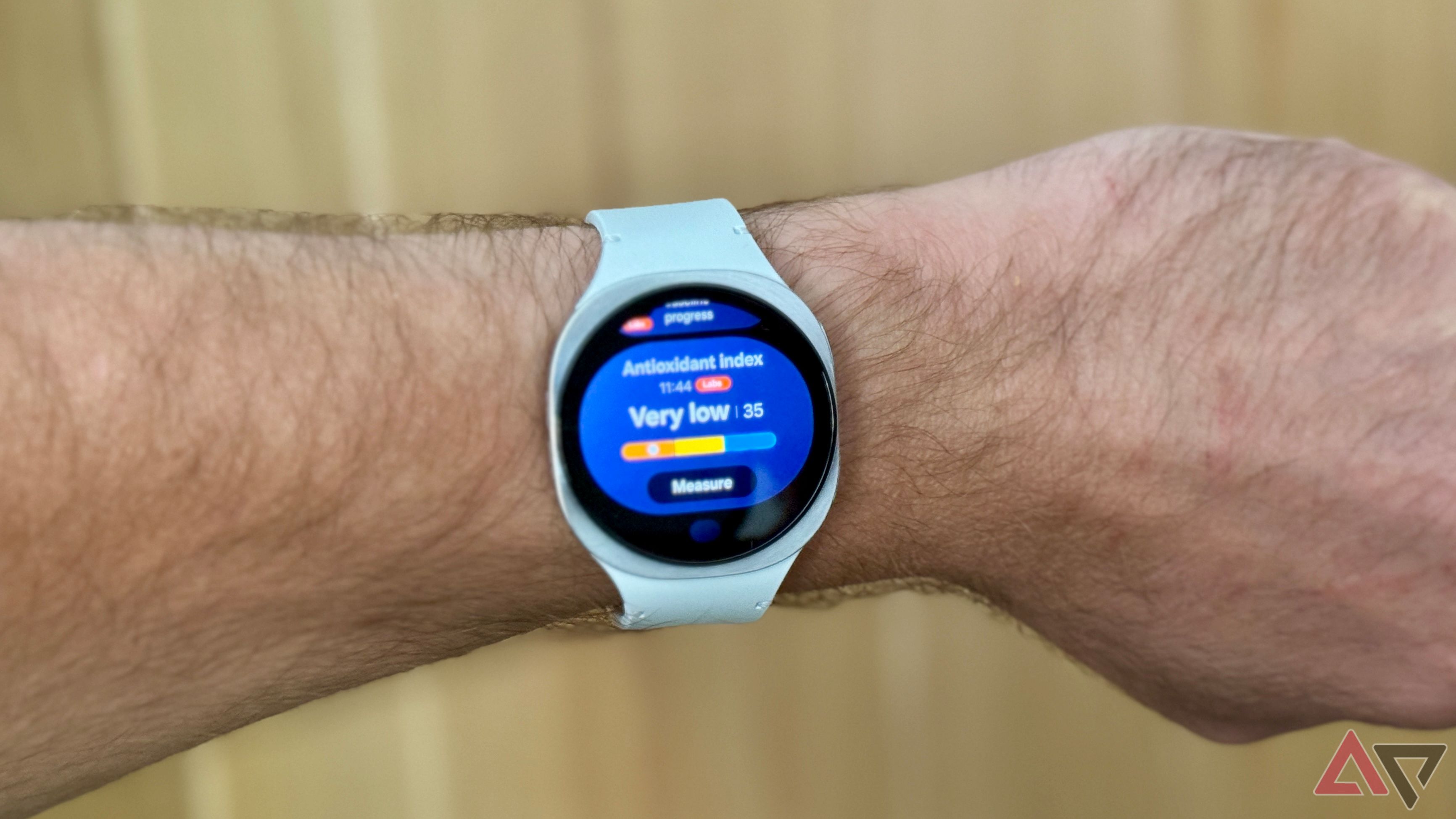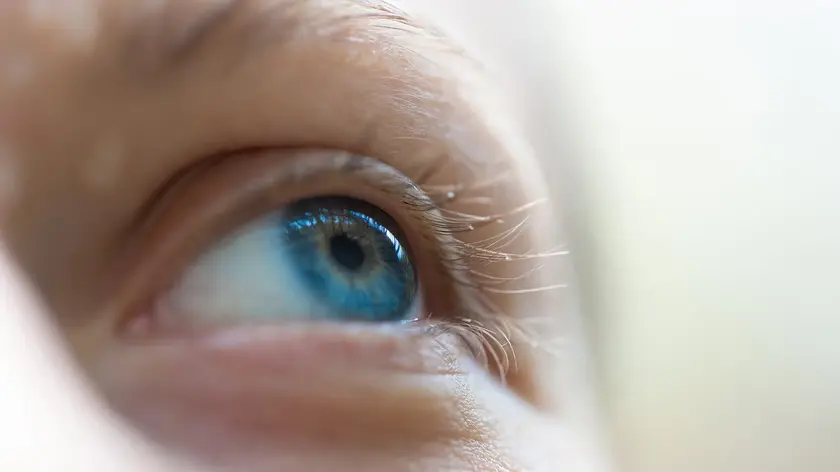T4K3.news
Smartwatches misread stress, study finds
A study finds wearables cannot reliably measure stress and may confuse excitement with stress.

A study shows smartwatches cannot reliably measure stress and may confuse excitement with stress.
Smartwatches misread stress, study finds
Researchers followed 800 young adults who wore Garmin vivosmart 4 watches for three months. Participants reported stress, fatigue and sleep four times daily, creating a dataset that paired self reports with wearable readings. The study found almost no relationship between self reported stress and the watch's stress scores. In many cases the watch flagged stress when the user reported calm or happiness, and vice versa.
Fatigue, called body battery by Garmin, showed a small link to the wearable data but the overall connection remained weak. The sleep measure had a stronger relation, with two thirds of participants showing alignment between sleep data and self reports. The researchers say wearables track signals that do not map directly to mood, and that hair standing on end can signal both anxiety and excitement. The work aims to build an early warning system for depression, but experts warn that consumer devices are not medical tools and must be interpreted in context.
Key Takeaways
"The correlation between the smartwatch and self reported stress scores was basically zero."
Direct quotation from the study lead about the main finding.
"Be careful and don’t live by your smartwatch – these are consumer devices, not medical devices."
Fried on the limits of wearables for health claims.
"Wearable data can offer valuable insights into people’s emotions and experiences, but it’s crucial to understand its potential and limitations."
Panayiotou on how to read wearable data.
"Hair standing on end can signal anxiety as well as excitement."
A note on overlapping physiological signals.
The findings challenge the idea that wearables can replace clinical insight. For everyday users, the result suggests a smartwatch should not be treated as a stand in for stress or mood. For researchers, the study highlights the difficulty of isolating emotion from heart rate signals and points to the need for multi modal data and careful interpretation.
Industry implications include clearer cautions in product materials and better data fusion with sleep and activity data. The study also raises questions about privacy and how much users should rely on device readouts for mental health self care. Wearables can help spot patterns over time, but they do not deliver a definitive read on how a person feels in the moment.
Highlights
- Be careful and don’t live by your smartwatch
- Wearable data is useful but not a medical verdict
- Heart rate rises with joy as well as stress
- These devices are for guidance not diagnosis
The next step is honest appraisal and better design.
Enjoyed this? Let your friends know!
Related News

Foundations first for lasting fitness

New study reveals link between sound stress and pain sensitivity

Stress Internalization Linked to Memory Decline

Research shows Covid pandemic accelerated brain aging

Samsung Galaxy Watch 8 Introduces New Antioxidant Test

Groundbreaking findings on alcohol use disorder and brain chemistry

New study uncovers sleep's mitochondrial links

Pfizer COVID vaccine linked to eye health changes
